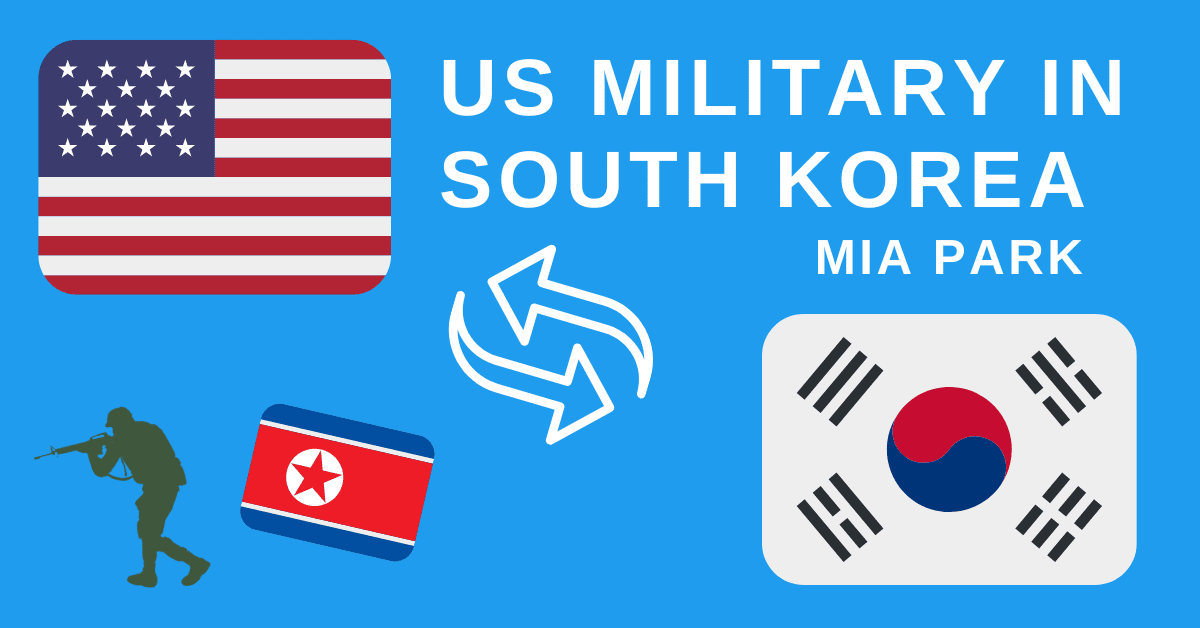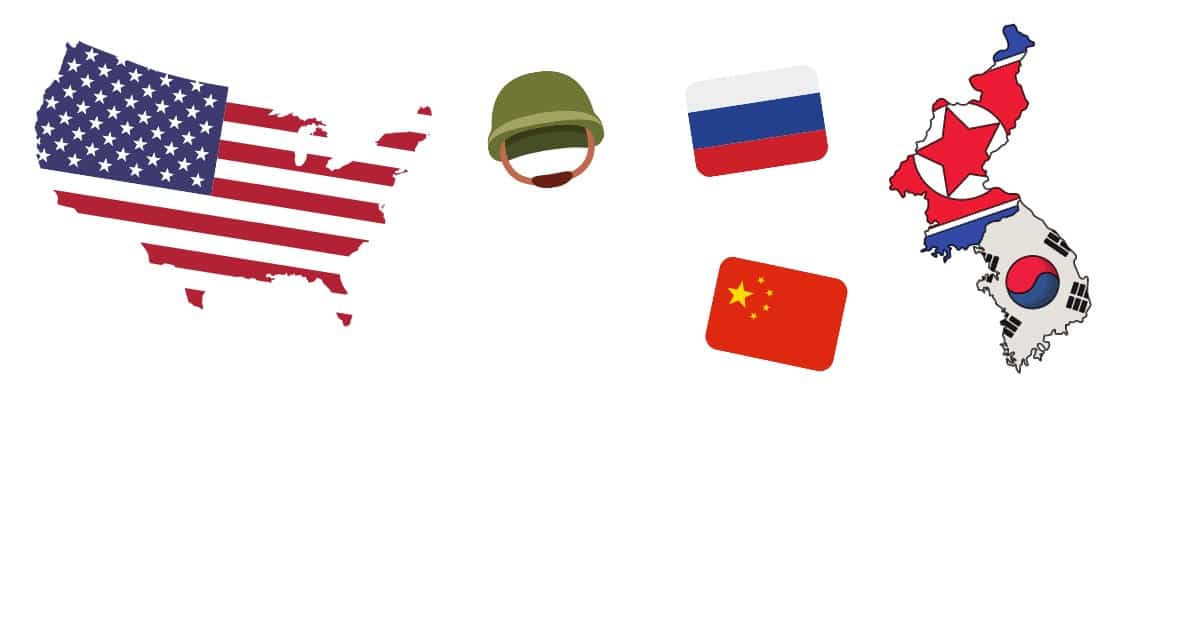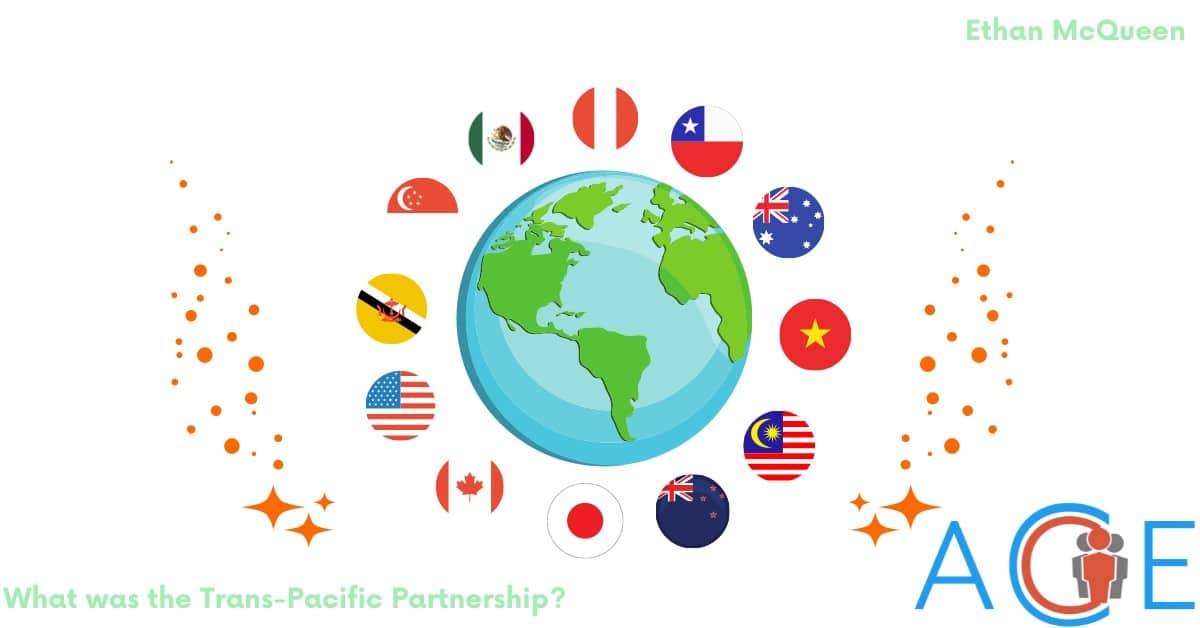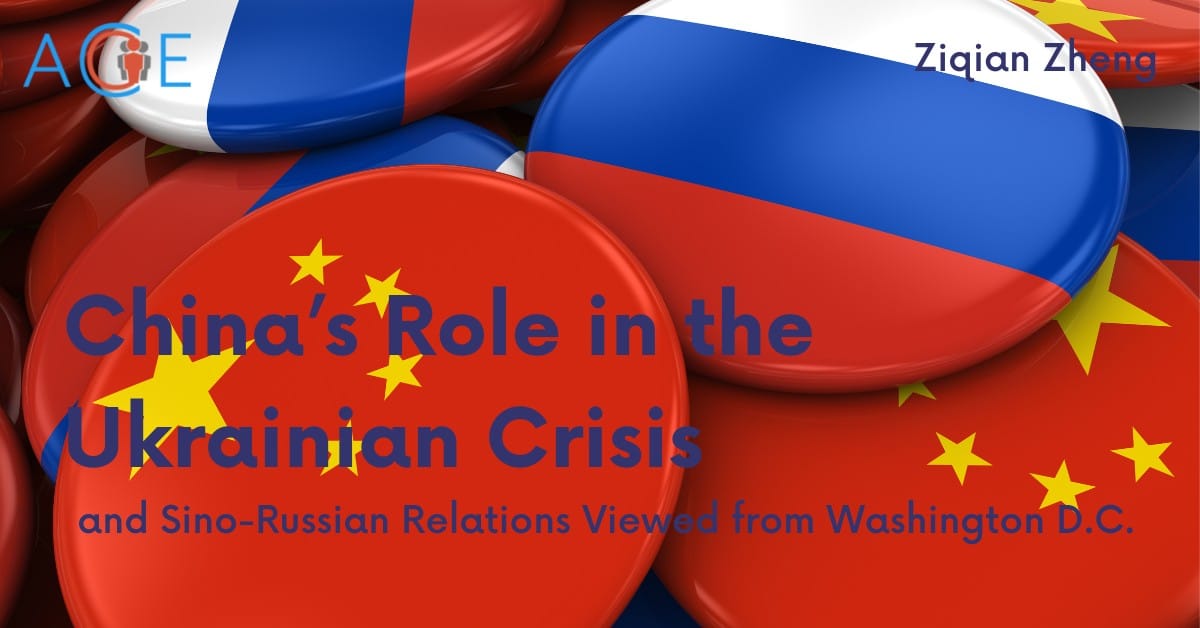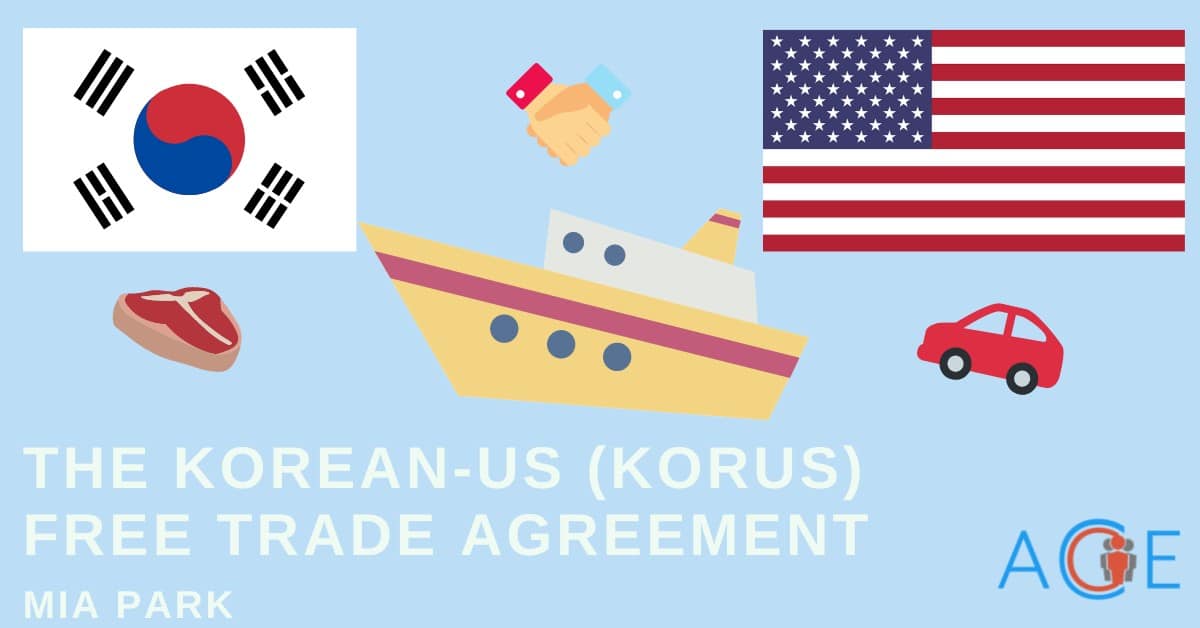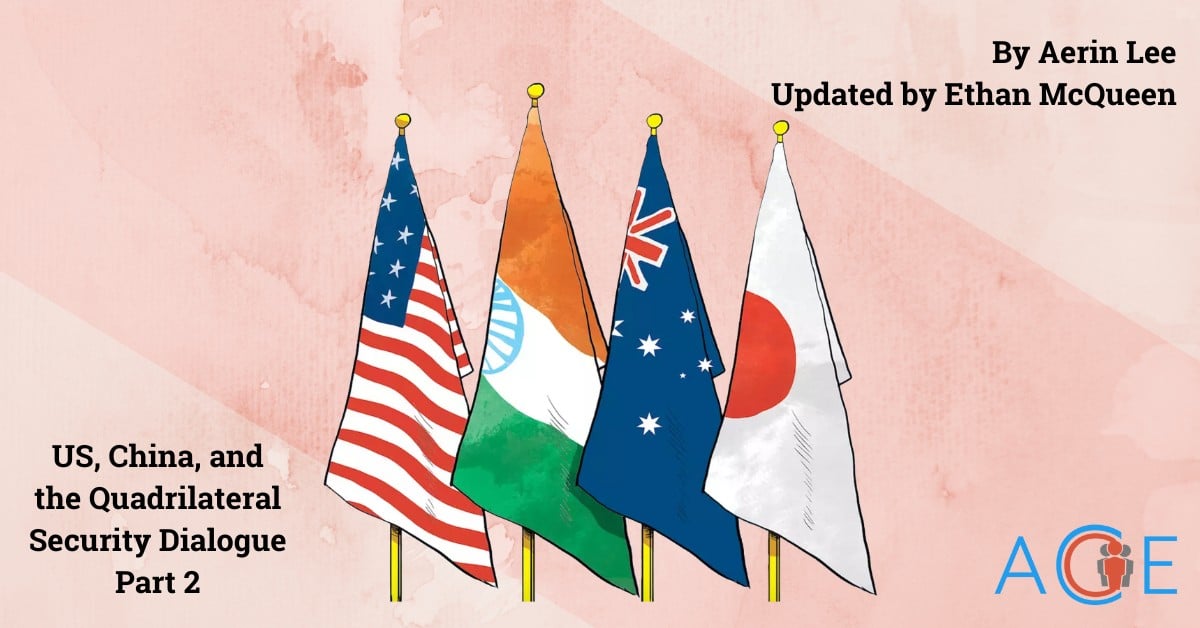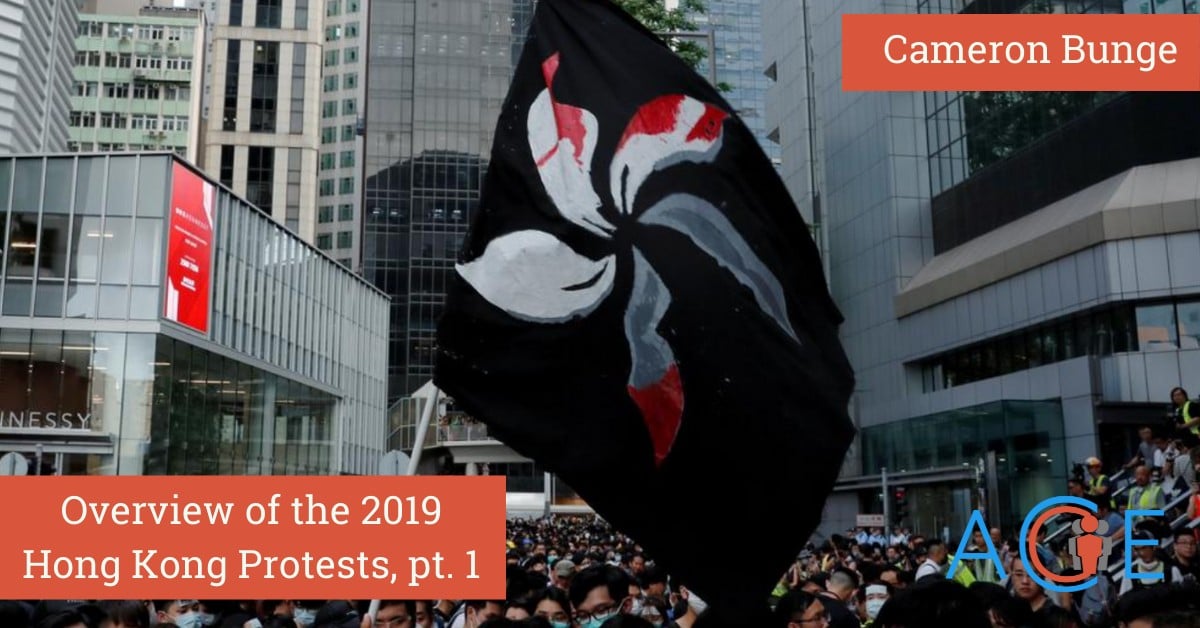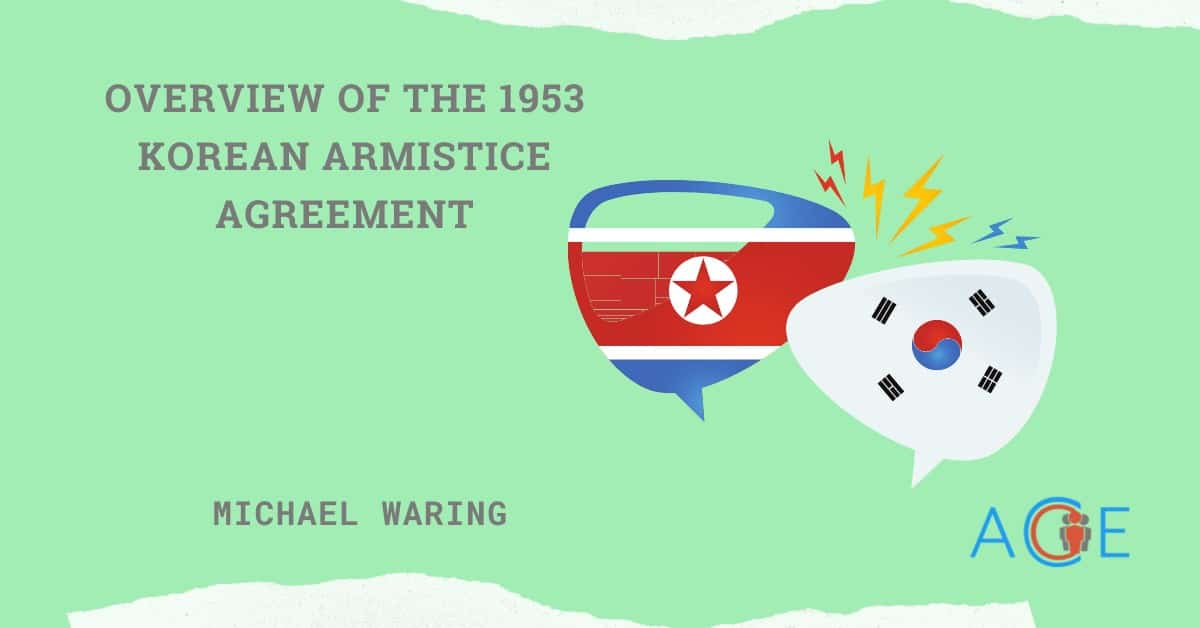The presence of the American military in South Korea began at the end of WWII, when American and Soviet forces entered the peninsula to facilitate the removal of Japanese forces. The American military was positioned south of the 38th parallel whereas Soviet forces moved north. When North Korean forces invaded South Korea in 1950, triggering the Korean War (1950-1953), the US supported South Korea to oppose the communist regime. According to the Department of Veterans Affairs, 1.8 million Americans served in the war. The Korean Armistice Agreement was signed in 1953, which ended hostilities and established the Demilitarized Zone (DMZ). The Korean Peninsula remained divided at the 38th parallel in a perpetual state of war as the armistice agreement was not a permanent peace treaty. The Truman administration prioritized stability over reunification, and America and South Korea signed the Mutual Defense Treaty in 1953. The American military has remained in South Korea ever since.
Financing the US Military Presence
The Status of Forces Agreement (SOFA) establishes the obligations of the US and South Korea in maintaining American forces. The US is responsible for the maintenance of US troops in South Korea, and South Korea fund the facilities. The financial contribution of South Korea comes in the form of Special Measure Agreements (SMA’s). Eleven SMAs have been signed since 1991, with the 11th signed in 2021.
The Trump administration raised concerns over South Korean contributions. In the SMA signed in 2014, which was supposed to last until 2018, South Korea paid 920 billion won, or approximately $866.86 million USD. This was a 5.8 percent increase from the previous agreement. The increase was theorized to be from the decision to send more tanks and soldiers. In the 2019 SMA, South Korea paid 1.04 trillion won, or $921.5 million USD, which was an 8.2 percent increase from the previous agreement. The 2019 agreement was only for one year, while the agreements usually last for 3-5 years. In the negotiations for a 2020 SMA, President Trump rejected the South Korean offer of a 13 percent increase and requested a 5 billion dollar contribution. The delays that resulted from the disagreements resulted in furloughs for the first time since the signing of the Mutual Defense Treaty, and increased tensions with South Korea.
The Biden administration signed the 11th SMA in 2021, and it will last until 2025. South Korea paid 1.1833 trillion Korean Won in 2021, and the amount will rise according to the contribution of the previous year by the ROK defense budget increase rate. The 2021 defense budget increase rate will be used for the 2022 contribution, the 2022 rate for 2023, and so on. The renewal rate was partially driven by the rift that had been created by the Trump administration, and Biden’s attempts to repair this.
Operation Control (OPCON)
Operational control can be defined as “authority to perform functions of command over subordinate forces involving organizing and employing commands and forces, assigning tasks, designating objectives, and giving authoritative direction necessary to accomplish the mission” and does not involve “authoritative direction for logistics or matters of administration, discipline, internal organization, or unit training.” In 1994, peacetime opcon was transferred to Korea, but wartime opcon is still maintained by the United States Forces Korea (USFK), under combined command of both the US and SK. The peacetime transfer means that the Korean Joint Chiefs of Staff controls the operations during peacetime, and Combined Forces Command will control operations during wartime.
The controversy mainly lies in the transfer of wartime OPCON. Wartime OPCON was initially supposed to transfer to South Korea in 1996, but the discussion was postponed when North Korea threatened a nuclear attack. President Roh Moo hyun agreed with President Bush, in 2007, that wartime OPCON would be transferred over to South Korea by 2012. President Roh politicized the issue, and framed it as South Korea needing to retake sovereignty. The following president, Lee Myung bak postponed the discussion to 2015 because of the “evolving security environment”, most likely referencing the North Korean Cheonan incident in 2010. In the following presidential administration, Park Geun hye rejected the 2015 deadline, citing that it was too soon considering the increased nuclear threats and testing from North Korea, and President Obama agreed that it could be reconsidered. In the 46th Security Consultative Meeting (SCM) Joint Communique, article 11 details an implementation of a conditions-based approach in the transfer of wartime OPCON to Korea:
- ROK will assume wartime OPCON when ROK and Alliance military capabilities are secured (meaning the ROK military capabilities will need to be able to counter North Korean missiles, and confidently lead the combined defense posture)
- The security environment on the Korean peninsula and in the region is conducive to a stable transition
This would delay the transfer to sometime in the 2020’s, but it was not clear precisely when. The following president, Moon Jae In, conversed with the Trump administration in order to speed up the process of transfer, and the Alliance Guiding Principles were drafted at the 50th SCM. Post-transition, the CFC would be a “separate standing entity” (therefore, not dissolved), and the ROK would appoint a General or Admiral to serve as Commander of the CFC, with a US General or Admiral as deputy commander. The current CFC command has a four star US general as Commander, and a four star ROK general as deputy commander. The Moon administration wished to undertake a Full Operational Capability (FOC) exam in 2021, but the Trump administration said neither side was ready.
The current president, Yoon Suk yeol, believest South Korea lacked sufficient readiness to operate intelligence assets, which suggests that the OPCON transfer may not happen in the immediate future. President Yoon maintains that he wishes for a speedy transfer, but only if it does not undermine the combined defense posture of SK and US. At the 53rd SCM, the joint communique lists the reaffirmation “that the conditions stated in the bilaterally approved COTP must be met before the wartime OPCON is transitioned to the F-CFC [Future-Combined Forces Command]”. They also pledged to do a FOC exam in 2022. There are speculations that the war in Ukraine and tension between the US and China may lead the Biden administration to hesitate to transfer wartime OPCON, but the 2023 54th SCM may yield more clear answers.
